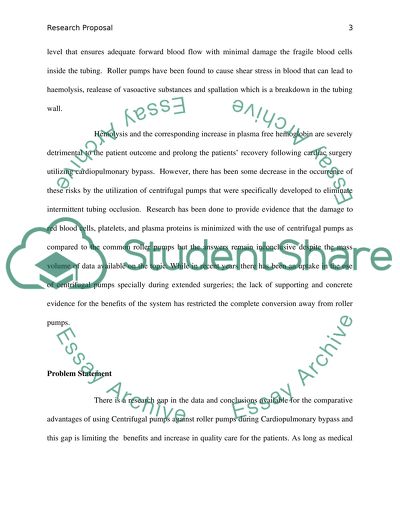Cite this document
(“The benefits of mechanical improvements in cardiopulmonary bypass Thesis Proposal”, n.d.)
The benefits of mechanical improvements in cardiopulmonary bypass Thesis Proposal. Retrieved from https://studentshare.org/health-sciences-medicine/1657874-meta-analysis-on-centrifugal-and-roller-blood-pumps-used-in-cardiopulmonary-bypass
The benefits of mechanical improvements in cardiopulmonary bypass Thesis Proposal. Retrieved from https://studentshare.org/health-sciences-medicine/1657874-meta-analysis-on-centrifugal-and-roller-blood-pumps-used-in-cardiopulmonary-bypass
(The Benefits of Mechanical Improvements in Cardiopulmonary Bypass Thesis Proposal)
The Benefits of Mechanical Improvements in Cardiopulmonary Bypass Thesis Proposal. https://studentshare.org/health-sciences-medicine/1657874-meta-analysis-on-centrifugal-and-roller-blood-pumps-used-in-cardiopulmonary-bypass.
The Benefits of Mechanical Improvements in Cardiopulmonary Bypass Thesis Proposal. https://studentshare.org/health-sciences-medicine/1657874-meta-analysis-on-centrifugal-and-roller-blood-pumps-used-in-cardiopulmonary-bypass.
“The Benefits of Mechanical Improvements in Cardiopulmonary Bypass Thesis Proposal”, n.d. https://studentshare.org/health-sciences-medicine/1657874-meta-analysis-on-centrifugal-and-roller-blood-pumps-used-in-cardiopulmonary-bypass.


